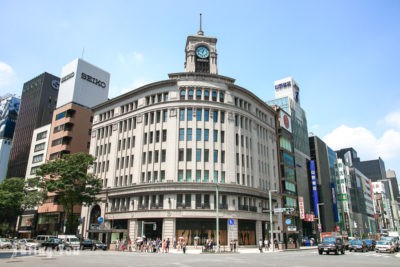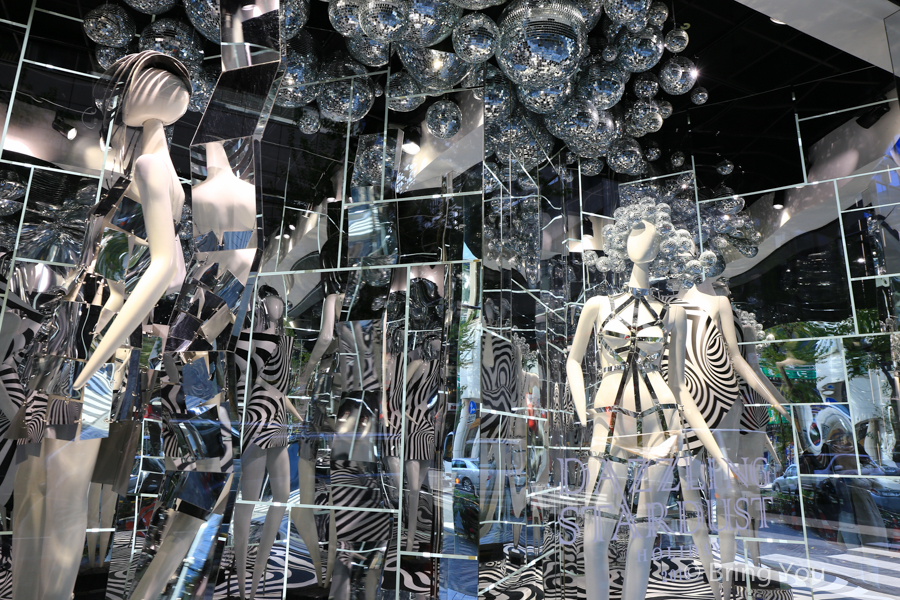
You’ve always wanted to set foot in Tokyo and probably heard of Ginza from a friend (that could be me). Maybe Ginza is on your must-see checklist for Tokyo, but you have no idea what to do or where to go. Have you ever tried your best to find suggestions in Ginza before your long-awaited trip, but post-reading found it hard to decide which one would be most suitable?
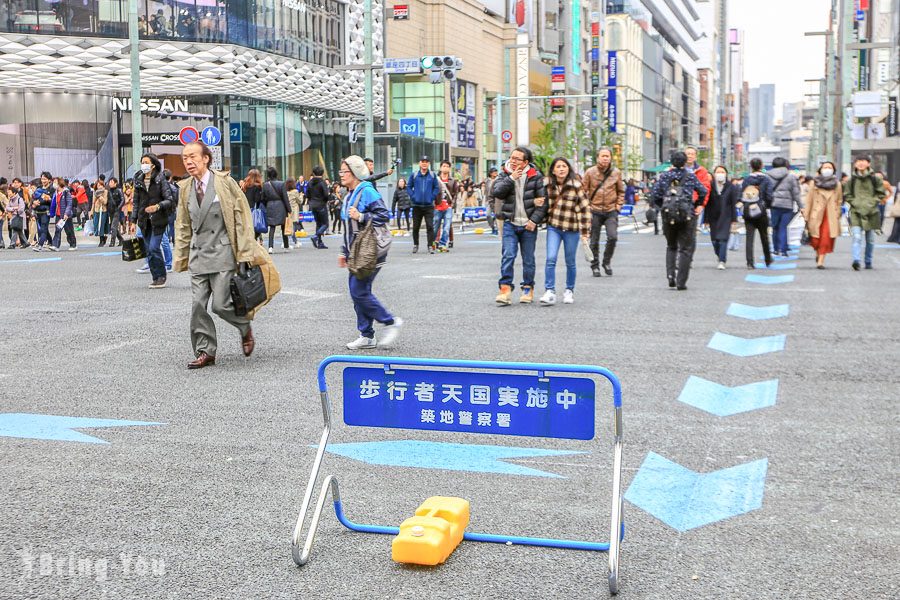
Rest your worries because this article should be the only guide you will ever need for a trip to Ginza – a second-to-none shopping destination, dining heaven, and entertainment center of Tokyo.
Shop Til you drop at Ginza, Tokyo
At Ginza 4-chome
The Ginza
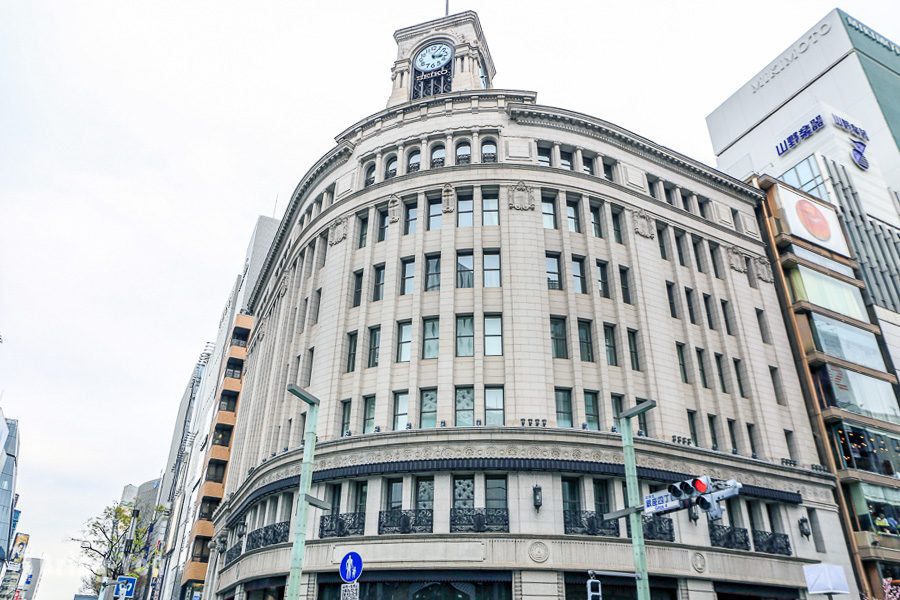
Located at the intersection of Harumi-dori and Chuo-dori with a massive Seiko clock standing guard over the block since 1932, the Ginza is dubbed the most iconic building that no visitor should miss, literally and figuratively, during your visit to Ginza.
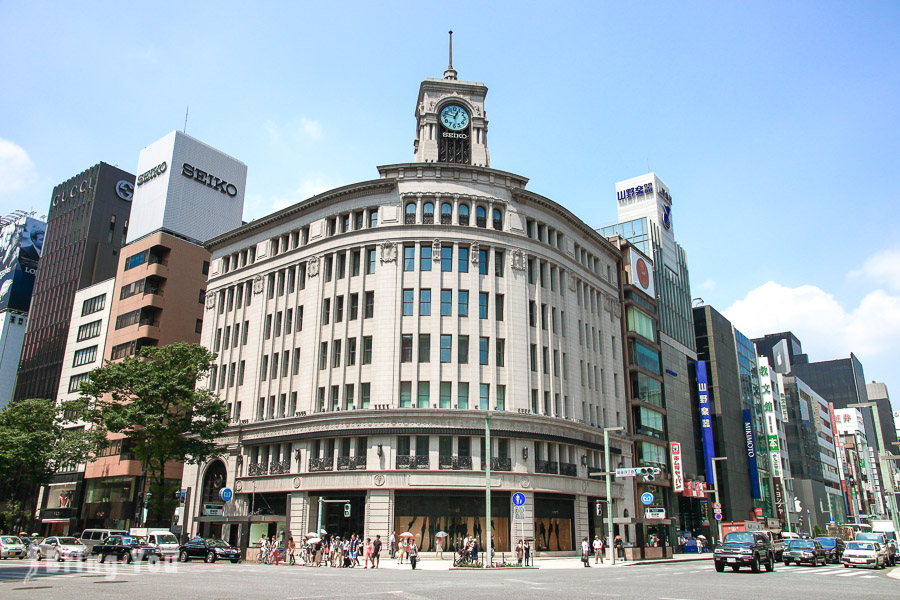
The historical aspect of the building combined with its modern luxury as a trusted department store which tourists are welcome to enjoy now is simply priceless and is a true wonder for your shopping experience.
Another thing here is that no matter the hour, you will somehow constantly find yourself in a crowd. That is to show how dynamic it is in Ginza. I suspect the world-renowned department store Ginza Mitsukoshi located opposite Yonchome takes part of the blame for the swishing crowd, besides other branded boutiques and traditional clothing shops, old-fashioned beer halls, and trendy cafes.
Ginza Loft
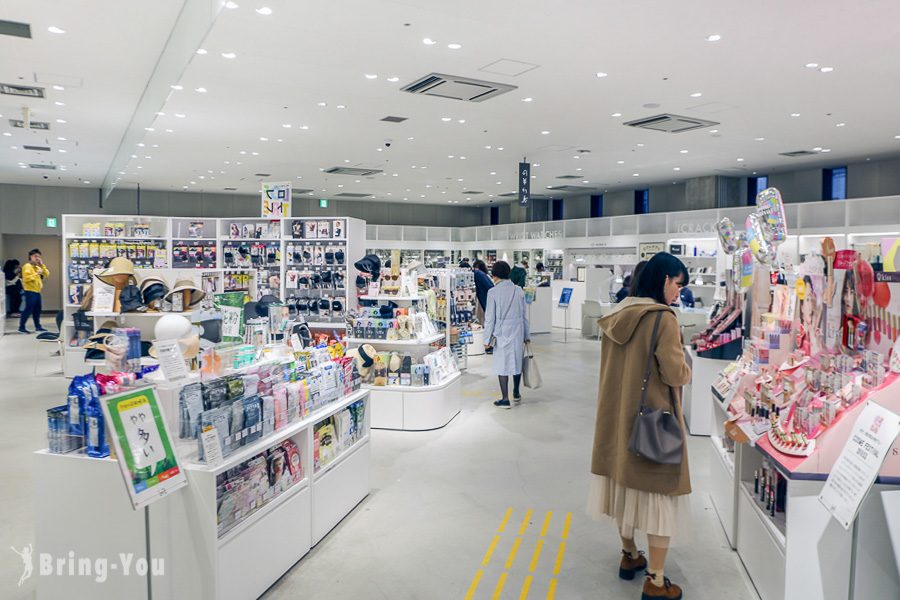
If escaping the crowd and locating the most hidden spots are your superpowers, not to mention the love for stationery items and collections, I present to you the Ginza Loft.
For stationery lovers, carry yourself straight to the 4th floor. In comparison to other department buildings as of history, this store is still up and coming.
At Ginza 3-chome
Muji Ginza
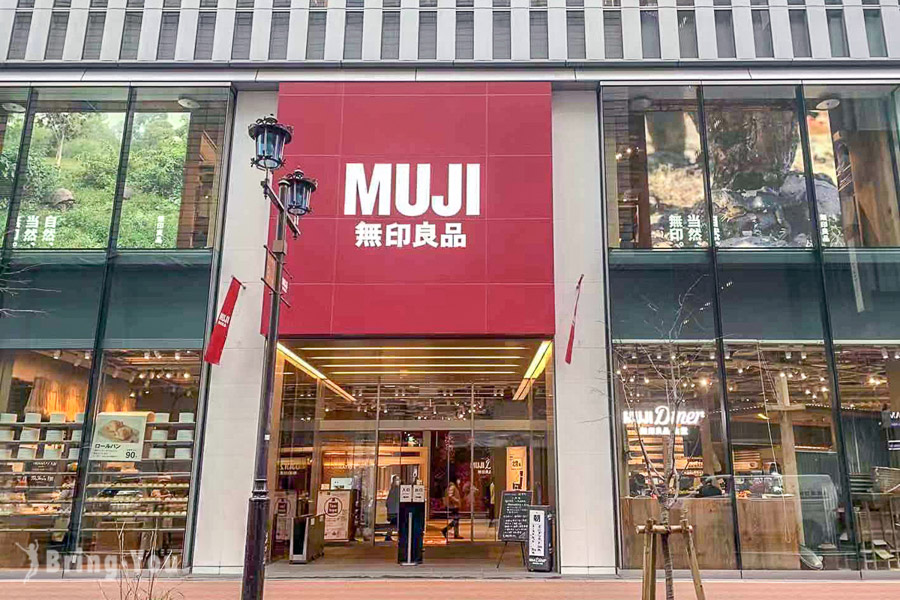
If you’re a MUJI fan, consider checking off your wishlist at the MUJI World Flagship Store located in the 3-chome within walking distance from Ginza subway station.
Massive as it should be, the store boasts an impressive total of 11 floors. The first six floors, including a basement, are sectioned as “MUJI Ginza” which displays products of a healthy lifestyle and household groceries with the basement as “MUJI Diner” – where I’d like to spend my time most.
Read More: Muji Ginza: A Paradigm of Minimalist Living and Connection
At Ginza 5-chome
Tokyu Plaza Ginza
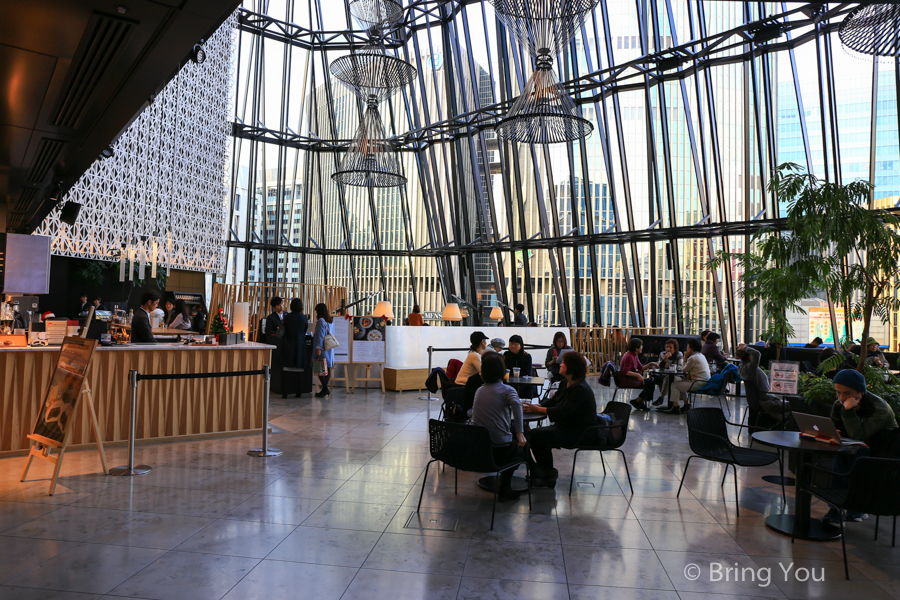
Located at a prime location in Ginza, the popular shopping mall Tokyu Plaza Ginza has a pronounced façade that honors the traditional Japanese craft of architecture called the “Edo Kiriko” glass-faceted concept.
The innovatively structured building lends itself to 13 floors of commercial stores, restaurants, coffee shops, and other forms of leisure activities. You can essentially play a game of “Guess the Brand” in this swanky department store without getting tired since it is home to as many as 125 different branches of Western or global brands to Japanese-authentic ones.
One more auspicious thing to love about this place is the “Kiriko Lounge” sky garden on the sixth floor, which opens up to sweeping views of the city below.
Read More: TOKYU PLAZA GINZA: A Shopper’s Paradise Beyond Expectations
Armani Ginza Tower
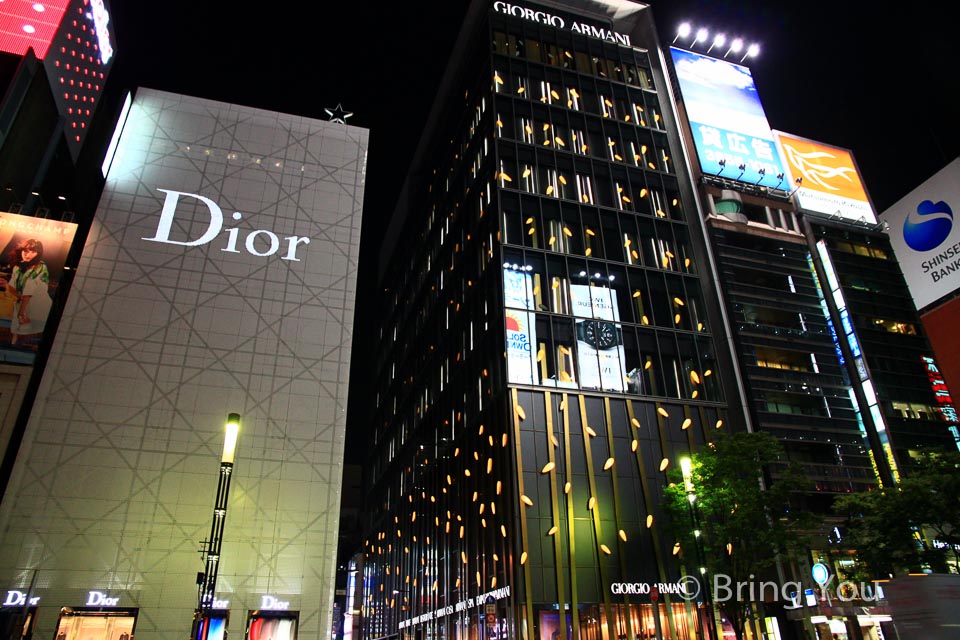
The Armani living presence Armani Ginza Tower comprising both a layered concept pavilion and a production house is encapsulated on one premise of Ginza. With Giorgio Armani participating in each stage of the creative process, the brick-and-mortar building beautifully turns into a poetic masterpiece.
What is my business doing at an Armani store, you’re asking? It turns out that all of the 12 floors in the building have their own functions in contributing to the sophisticated involvement of Armani-enthusiast experiencers.
The pavilion includes 2 basements, a main office, a production warehouse, display areas as well as a spa facility, restaurants, and cafes.
At Ginza 6-chome
Ginza Six Mall
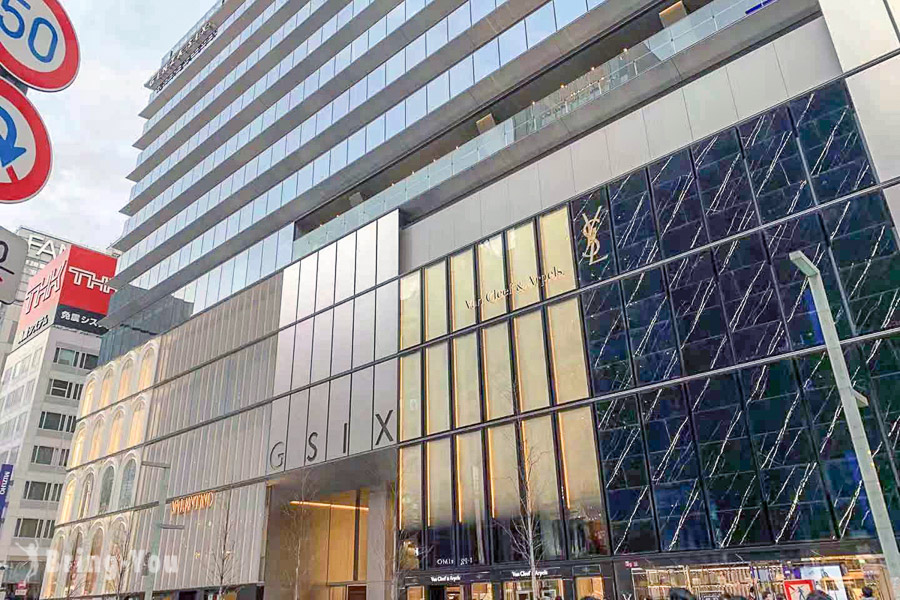
The modern-day shopping complex Ginza Six Mall with a building footprint of over 500,000 square feet has over 241 shops from both native designers and international brands under one roof. A tip for shopping fanatics, remember to exchange some cash to avoid overspending because you will. If you’re not one among the shopaholics, there are plenty of things to do and see here as well.
Read More: Rediscovering the Allure of GINZA SIX: A Guide to Shopping and Dining
At Yurakucho
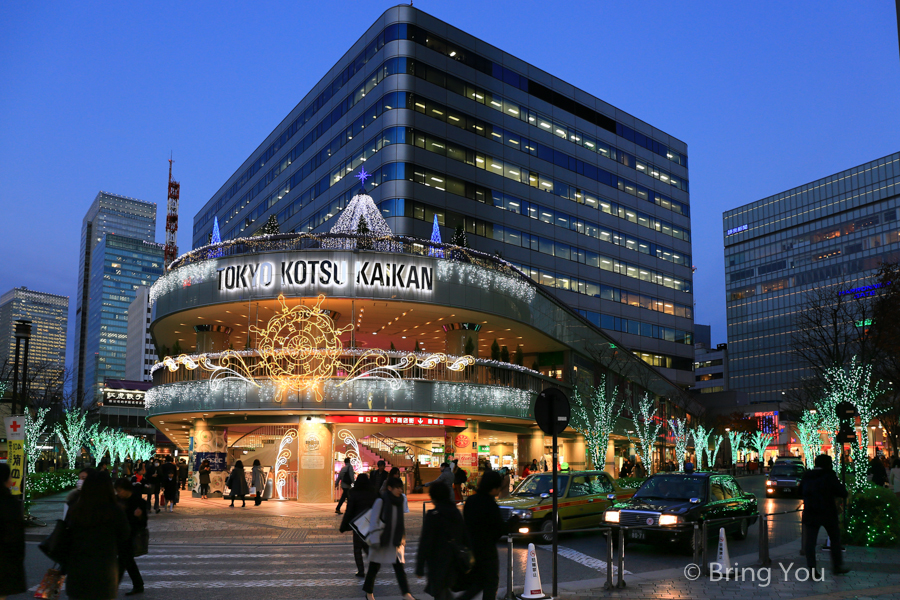
As our next stop is outside the Ginza district, let me briefly help you navigate your way to Yurakucho: From Ginza, go to Overworld and head towards the Southeast.
Then cross the bridges, follow the highway – which could be long, and continue heading Northwest past the radio tower, and then all the way North to Yurakucho station.
From my perspective, if Ginza maximizes the luscious option of dining and shopping experiences, Yurakucho prides itself on a more approachable and relaxing scale than its upscale neighbor, which has some positive effects on preserving the weathered beauty of some ancient architectural representatives.
At Chiyoda City
Hibiya Park
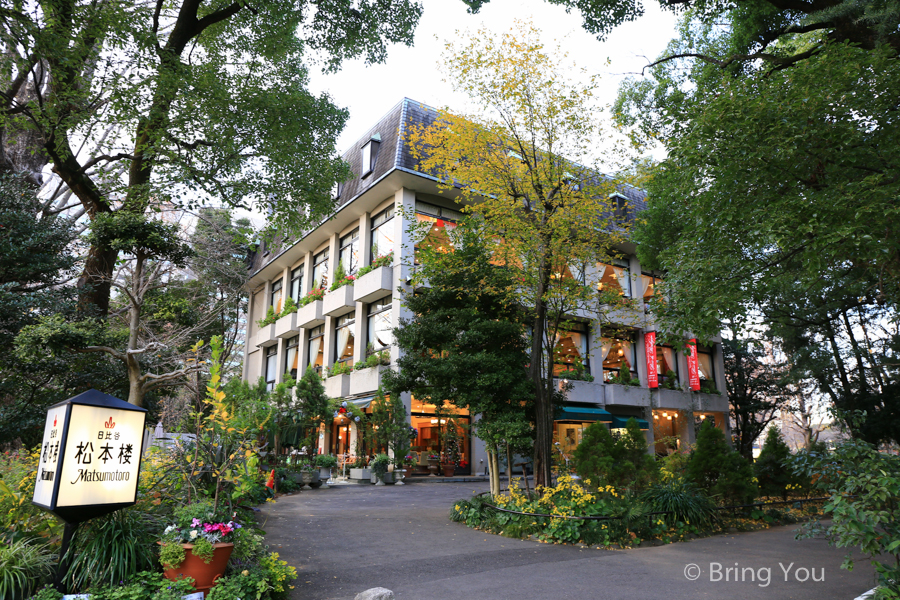
Established in 1903, this park even has more stories to tell than the daily news I think. With Hibiya Park at the heart of the city, Chiyoda boasts an ideal location for city dwellers who like to recoup energy from the surrounding greenery.
At Hibiya Park, you’ll find flower beds planted with seasonal roses, and tulips among other kinds of flowers all year round on the east while colonnades of shade tree varieties line up the forest coverage in the other directions.
10 Coolest Food Spots in Ginza You Don’t Wanna Miss
Ginza Kagari
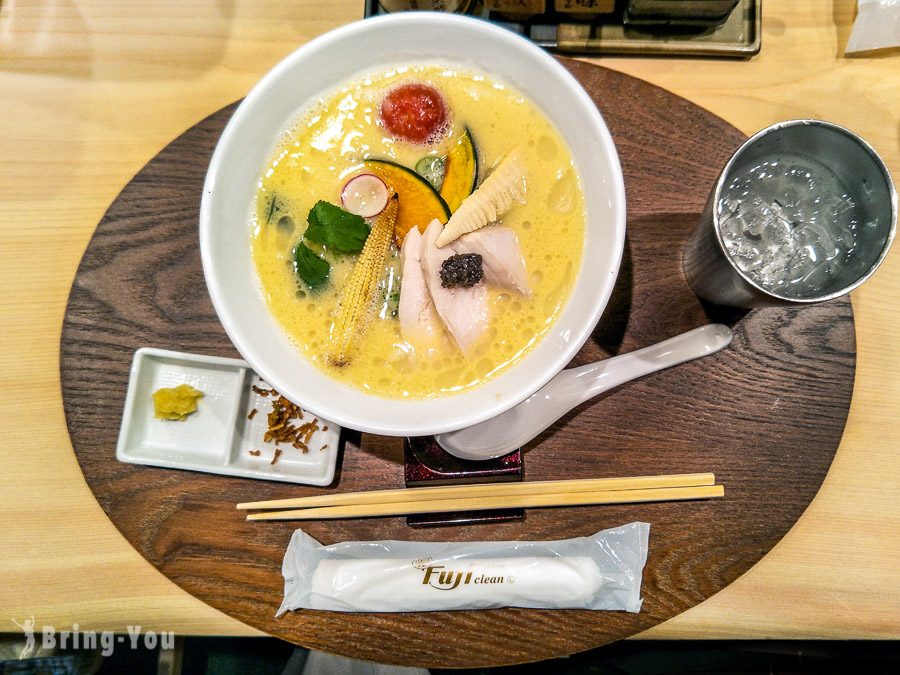
Originally from Ginza but now expanded to some other parts of the city, including the underground Ikebukuro backstreet, “Ginza Kagari Honten” is a Michelin-recognized ramen restaurant that first opened for business at the end of 2018.
Remember to order their signature dish “Tori Paitan Soba”, which is a chicken-based ramen – aka their special kind of ramen.
You feel like indulging yourself immediately in that creamy rich goodness of aroma and taste, which should be attributed to the combination of the tenderness of the chicken, the depth of the broth, and the chewy noodles.
Read More: Ginza Kagari Ramen: Tokyo’s Michelin-Recommended Chicken Ramen with Heavenly Truffle Infusion
Nakamura Tokichi Honten Ginza
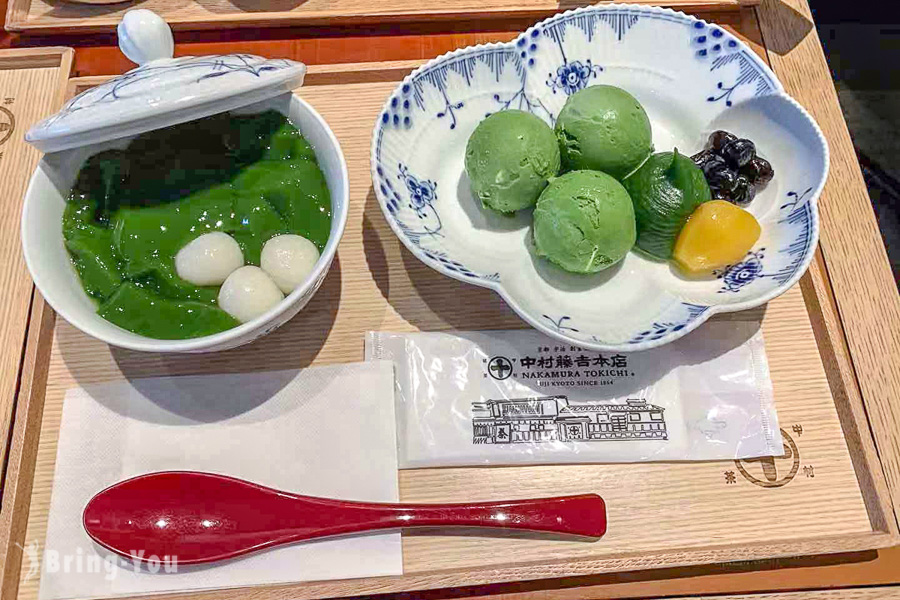
Nakamura Tokichi Honten Ginza, established in 1854, is a delightful tea house that captures the essence of Uji’s matcha culture. Indulge your taste buds with their tantalizing signature treats: velvety matcha jelly, creamy matcha milk ice cream, and decadent matcha parfait. Each bite transports you to a world of authentic flavors crafted by generations of skilled tea artisans.
The best part? You don’t need to journey to Kyoto to satisfy your matcha cravings. Tucked away on the fourth floor of Tokyo’s stylish Ginza Six shopping mall, this unassuming gem houses a matcha-themed café. Immerse yourself in a menu where matcha takes center stage, featuring delicate matcha-infused soba and udon noodles and a heavenly matcha cheesecake.
Read More: Nakamura Tokichi Honten Ginza: Indulge in Exquisite Matcha Delights from Uji’s Iconic Tea House
Ginza Hachigou
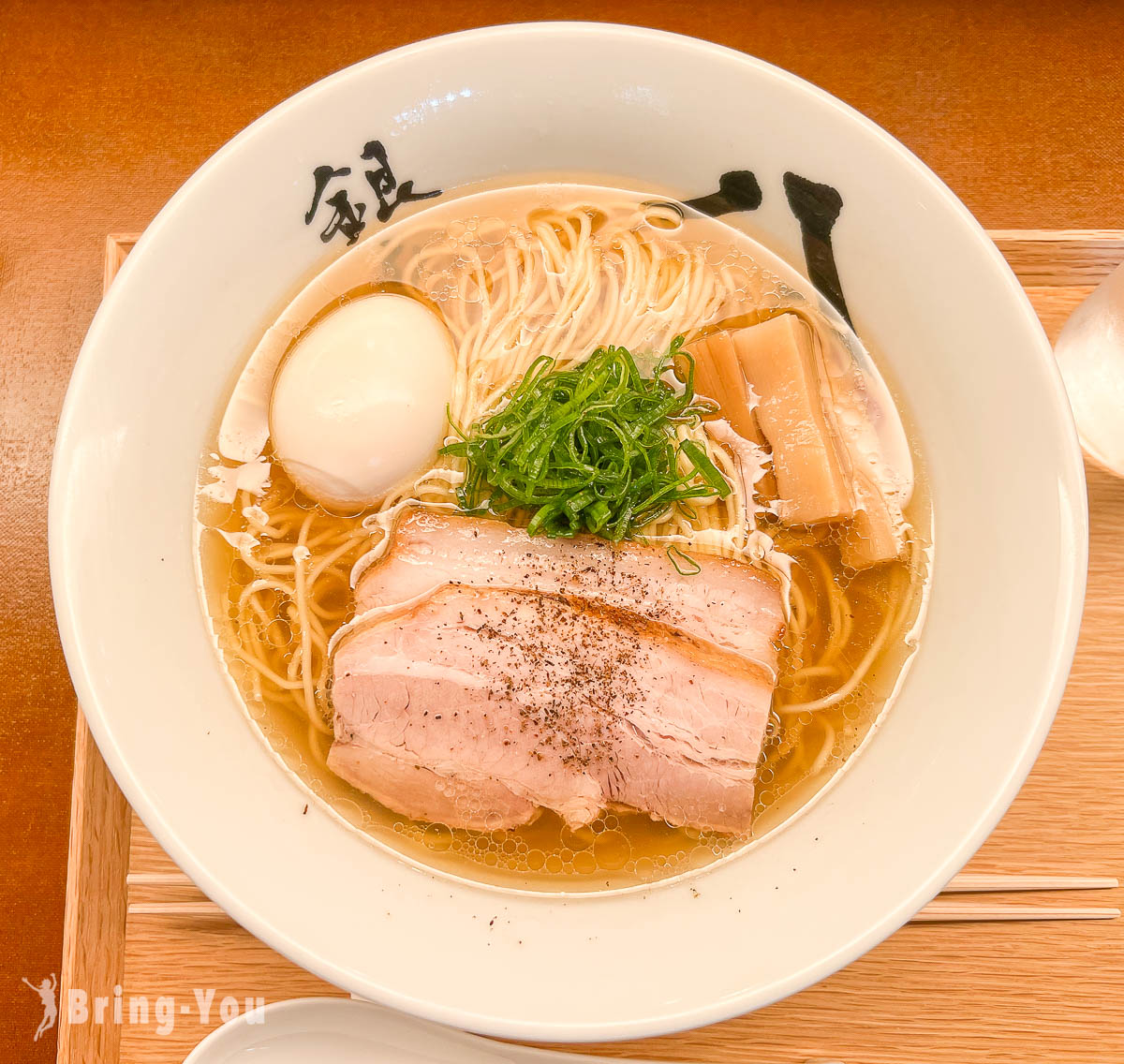
Looking for a ramen experience that’s truly exceptional? Look no further than Ginza Hachigou, the ramen hotspot that has taken Tokyo by storm since its opening in December 2018. Chef Yasufumi Matsumura, with a background as a skilled French cuisine chef in a renowned Kyoto hotel, embarked on a new journey to create something extraordinary: a fusion of French and Chinese flavors in ramen.
What sets Ginza Hachigou apart is its unique French-style clear broth, which has earned it the coveted recognition of a Michelin one-star rating. Despite being a relatively young restaurant, Ginza Hachigou swiftly garnered Michelin’s recommendation and secured a star, cementing its position as a rising star in the Tokyo ramen scene.
Chef Matsumura’s dedication to creating affordable yet exquisite ramen is evident in every bowl. Embracing the concept of French consommé, he crafts a light and flavorful broth without the use of soy sauce or artificial seasonings. It’s no wonder that even notable figures like Justin Bieber couldn’t resist a visit during his time in Tokyo. Join the ramen enthusiasts flocking to Ginza Hachigou and indulge in a truly remarkable dining experience.
Read More: Ginza Hachigou: Tokyo’s Michelin-Starred French-Inspired Ramen
Takahashi Ramen Ginza
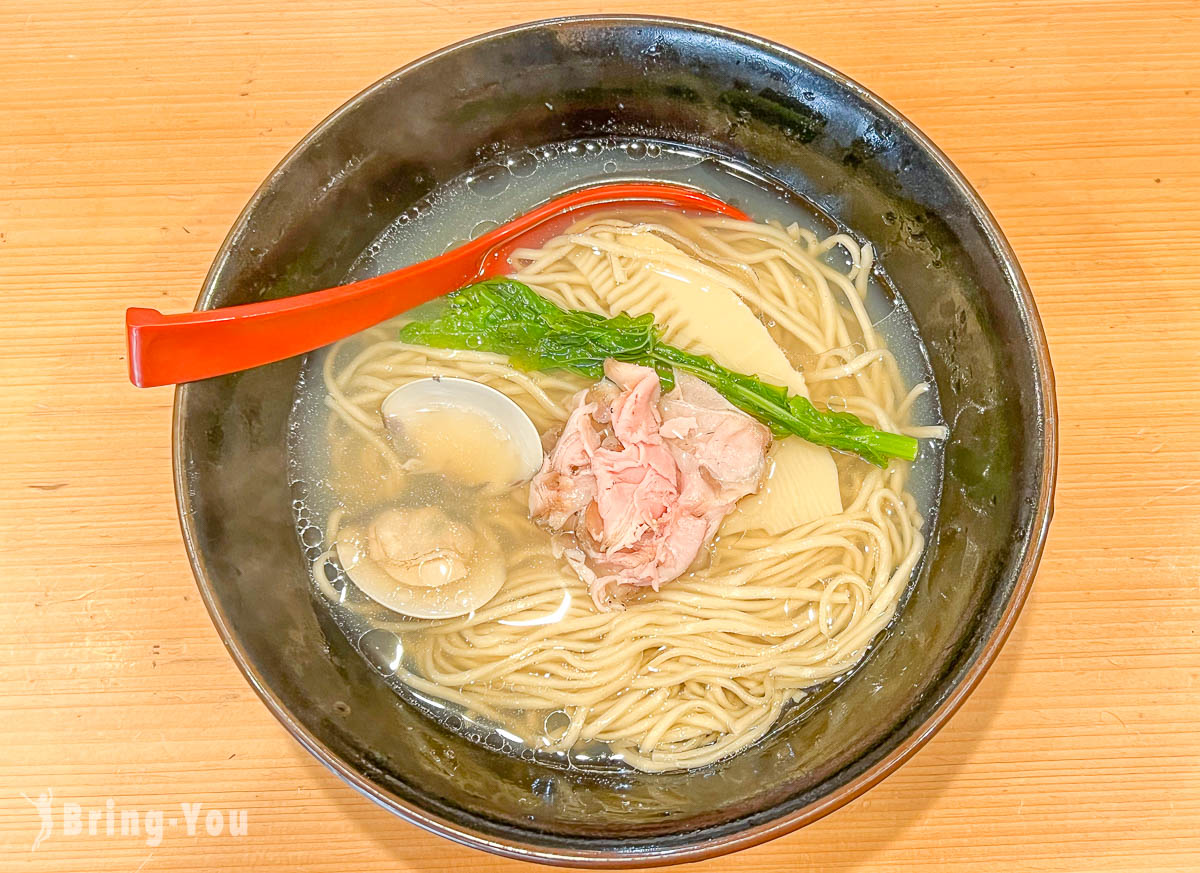
Craving a refreshing ramen with a delightful seafood twist instead of the traditional salty and oily broth? Look no further than Takahashi Ramen Ginza, where they specialize in their signature Grilled Flying Fish Salt Ramen (焼きあご塩らー麺). With multiple branches across Tokyo’s bustling districts, this ramen joint is a must-visit. The broth is not only delicious but also carries a subtle smoky flavor that adds an extra layer of complexity. The best part? You won’t have to endure long queues like at Michelin-starred ramen shops. It’s currently one of my top recommendations for ramen in Tokyo!
Read More: Takahashi Ramen Ginza: The Perfect Blend of Grilled Flying Fish and Ramen
Ginza Rengatei
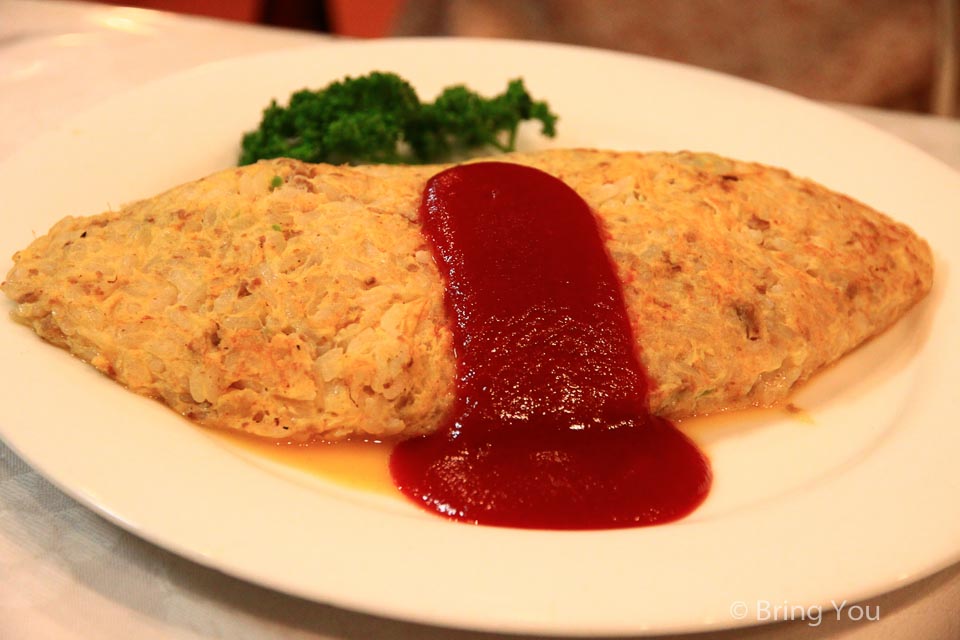
Does Japanese-Western cuisine fusion sound good in your ears? If so, head to Rengatei now. They even have a separate word for the cuisine branch called “yoshoku” (Japanified Western food) dishes, which have been in existence since the late 19th century.
Essentially, Rengatei serves such yoshoku dishes as pork cutlets, fried foods, omu-rice (rice omelet), and hayashi rice (hashed beef with rice).
If you’re curious as to how popular their restaurant is to local people, come at lunchtime when the place is packed with customers pouring out from the street.
Read More: Ginza Rengatei: The Birthplace of Omurice, a Century-Old Culinary Gem
Shabu-Shabu Yamawarau
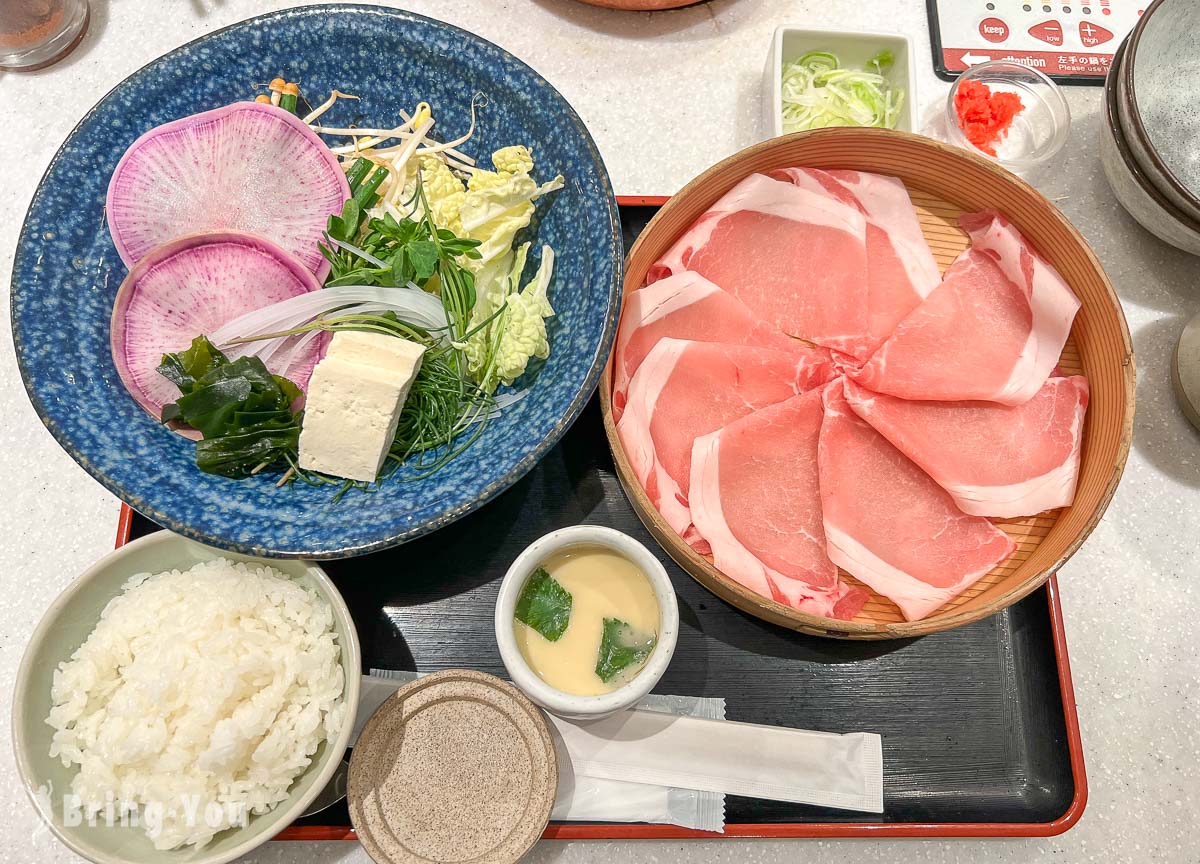
Shabu-shabu is known for its sociable nature, but Yamawarau in Ginza offers a fresh take on this beloved Japanese cuisine. While traditionally enjoyed in groups, Yamawarau embraces solo dining, creating a comfortable and enjoyable experience for individuals (groups are still welcome!).
Step inside the sleek interior adorned with subtle hues inspired by mingei folk crafts. Take a seat at the well-lit oval counter crafted from natural wood, where single-serving nabe pots await. The attention to detail extends to the carefully sourced meats and vegetables, including the standout black sirloin.
Yamawarau offers both lunch and dinner courses (starting from ¥1,450 and ¥2,900 respectively), as well as enticing a la carte options in the evening. It’s a place where you can savor the art of solo shabu-shabu in a setting that exudes style and culinary excellence.
Wako Annex Tea Salon
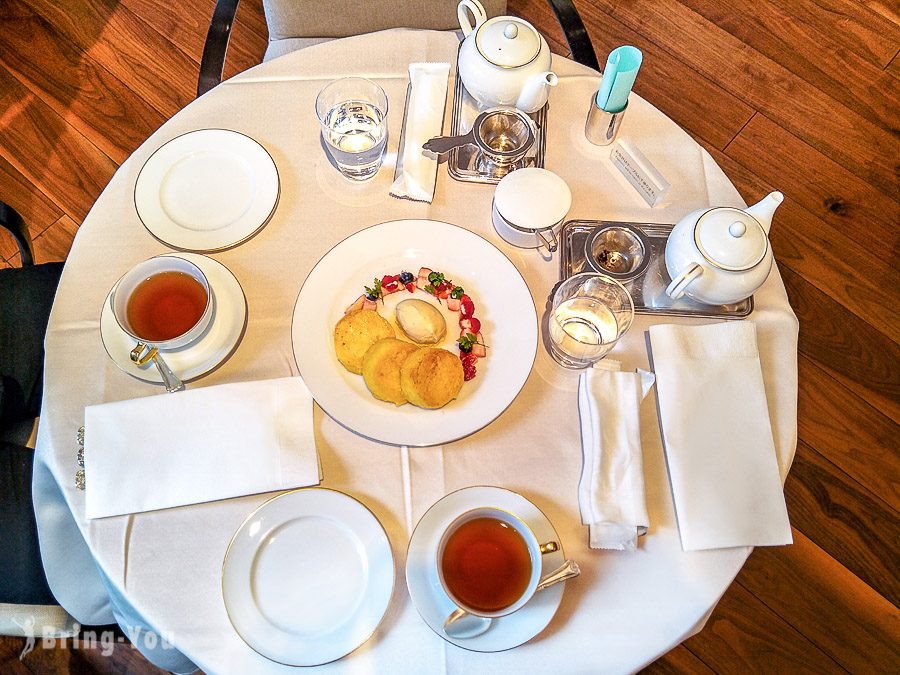
If you’re a coffee or tea lover and you happen to love elegance, Wako Annex Tea Salon is the place for you. Their menu is always subject to constant changes in seasonal desserts to make sure the freshest and healthiest ingredients are put into use.
Read More: WAKO ANNEX TEA SALON Ginza: Indulge in Delightful Confections and Gourmet Delights in Tokyo
Pierre Marcolini
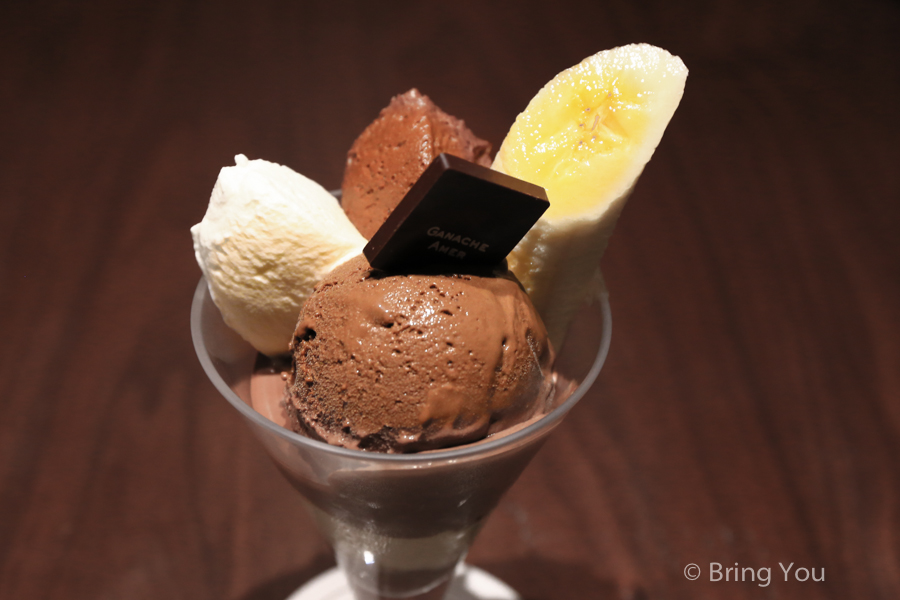
As rare as it may be to find a chocolate store in Japan, right at the heart of Tokyo, I even found a chocolate specialty shop that originated in Belgium, which carries the distinction of what makes the best chocolate among the Belgian royal families.
Your guide for exploration: the first floor is mainly for commercial purchases with chocolates, baked goods, and other treats on display; make a stop on the second and third floors – which are café lounge spaces – to enjoy their tasty chocolate-made products on the spot.
If you pay a visit during lunch hours, remember to order “Marcolini Curry” – a strange yet surprisingly fantastic combination of two immensely deep-flavored ingredients: curry packed in chocolate. Mind you that it is only available at the Ginza store.
Read More: Delight Your Senses at Pierre Marcolini’s Chocolate Salon in Ginza, Tokyo
Ginza Sembikiya
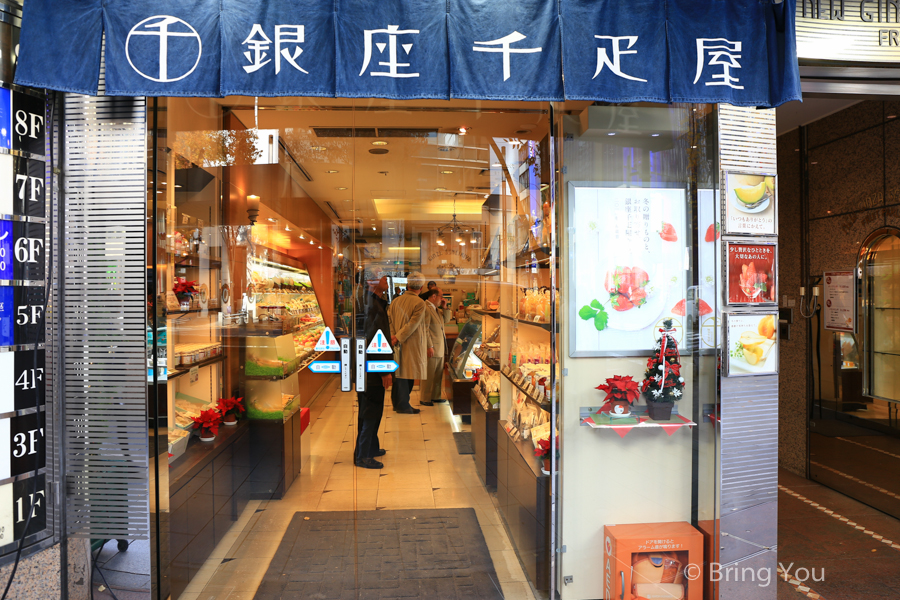
The long-standing fruit supplier was founded in 1894 and has continued its predecessor’s vision to provide top-quality varieties of seasonal fruits in their best season to customers ever since.
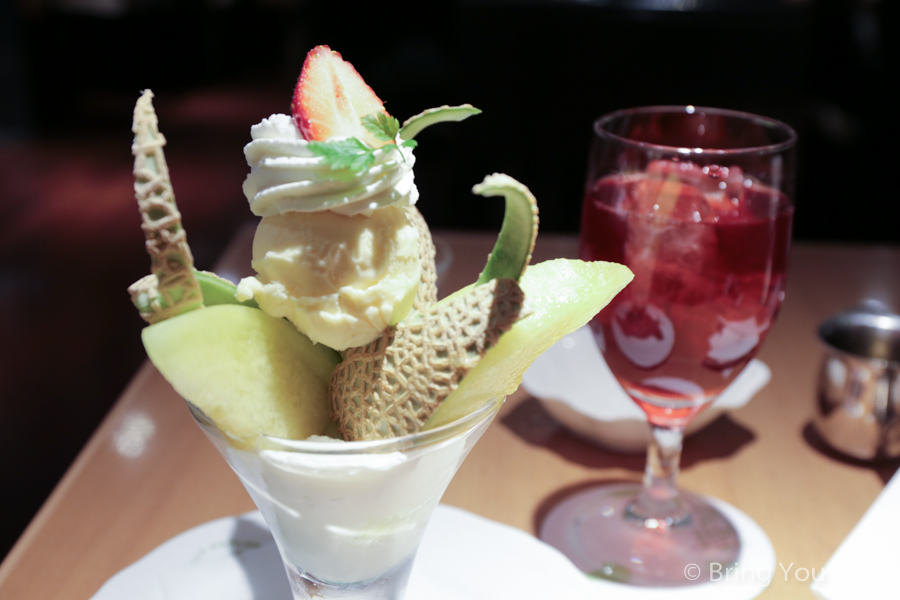
As a fruit powerhouse, it is almost the store’s duty to make the best ‘fruit’ impression on consumers. Therefore, it comes as no surprise to me when they also sell fruit cakes and jellies made of, you guessed it, their own fruit supply so that more people can experiment with the natural goodness in their own unique way.
Ginza West
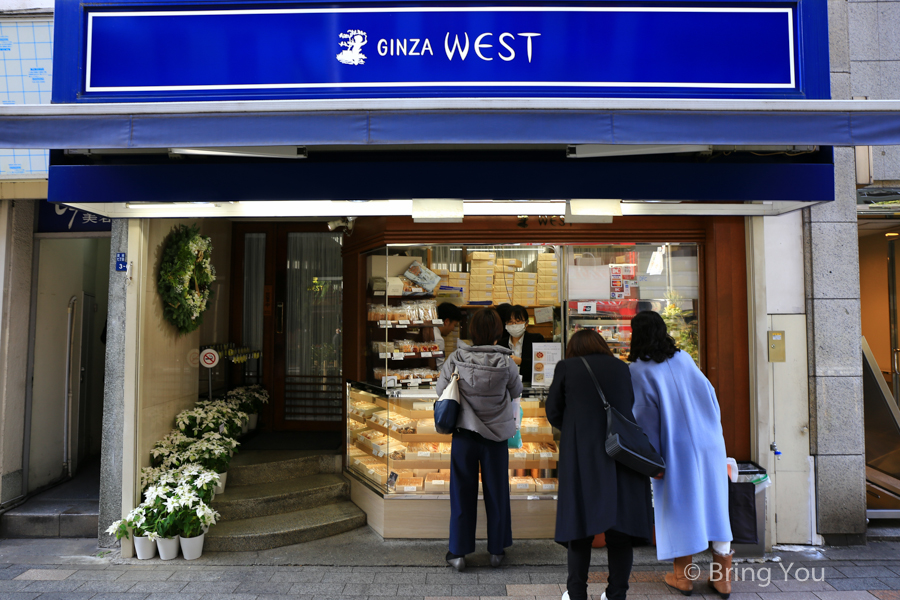
“Change before you have to.”
– Jack Welch.
Having undergone a major transition in their business model from a successful restaurant in 1947 to an equally popular pâtisserie in modern days, Ginza West sets a great example for other FnB businesses out there that are looking for new scale-up opportunities. There is certainly something special about their cakes, especially with the staple strawberry shortcake.
Read More: Ginza West Café Tokyo: A Timeless Icon of Classic Japanese-Western Fusion
Ginza Kimuraya
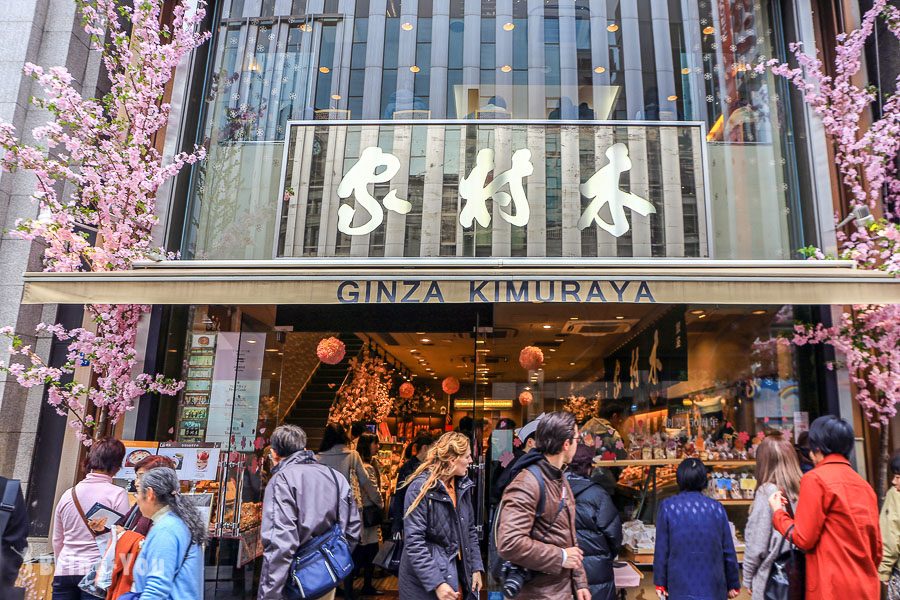
Kimuraya is known among locals and tourists as one of the longest-standing bakery stores in Japan. The chic-ambiance café and dining area are on the second floor while restaurants are on the third and fourth, but they still bake their bread on-site in order to meet their customers’ demands for fresh-out-of-oven loaves.
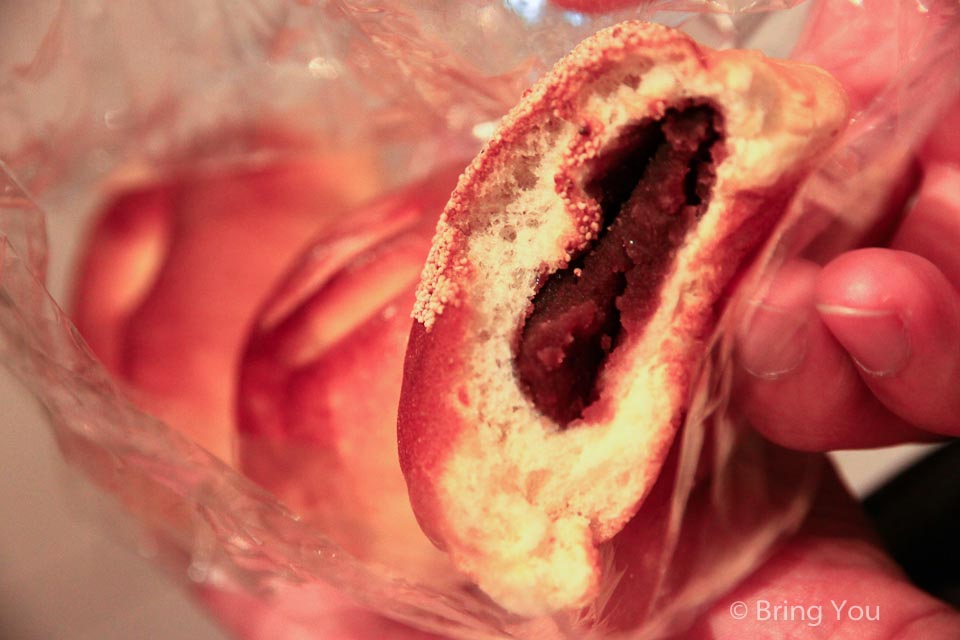
Loyal to their generational artisanship, Kimuraya bakery refuses to utilize the readily available yeast that is commercially processed, but rather opts for making their sakadane starters from scratch.
Read More: Ginza Kimuraya, Tokyo: Where Anpan, the Iconic Japanese Red Bean Bun, Was Born
More Tokyo Destinations to Explore: Asakusa|Akihabara|Harajuku|Odaiba|Shibuya|Shinjuku
Everything You Need to Know about Tokyo
Explore more of our adventures around Tokyo:
- Guide: A Comprehensive Tokyo Travel Guide
- Attractions: Best Places to Visit in Tokyo
- Food: Ultimate Tokyo Food Guide
- Hotel: Where to stay in Tokyo
- Tokyo Disneyland Planning Guide
Simplify Your Tokyo Trip
